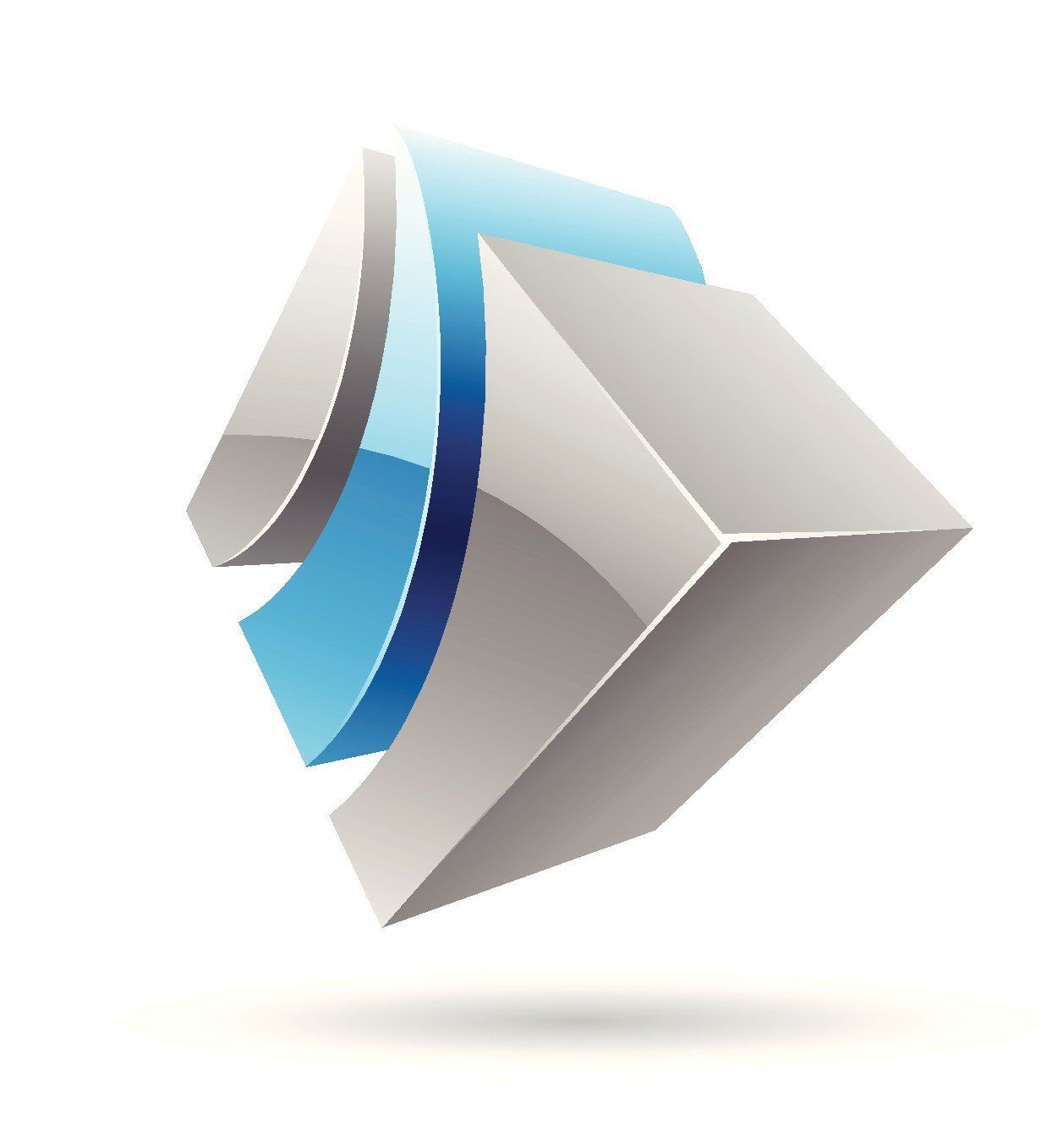Headaches and Migraine Self Help
Depending on the cause, Headache and Migraine sufferers may see improvements in their symptoms through simple adjustments to their lifestyle.
Treat Your Pain
To gain a deeper understanding of a person’s headache, five key components should be considered:
- What's their sleep like?
- What's their exercise like?
- What's their eating like? What’s their drinking like (poor hydration)?
- What are their habits (their diary)?
- Are they under stress?
These five factors will often affect headache, and will also affect migraine. Understanding these are key to understanding how the Headaches and Migraines
can be managed.
Sleep
Generally, people prone to migraines and headaches benefit from good sleep hygiene, including regular bedtimes, getting up at the same time, and avoiding screen use around bedtime. If you are really struggling with your headaches and it's affecting your sleep, two hours before you go to bed you really don't want to be watching television, or using your tablet or telephone. You would also benefit from sleeping in a cool, dark, quiet room, with comfortable pillows, and a mattress that gives you good support. This will help you to sleep well.
Exercise
Exercise is often controversial as some people will say "Exercise makes my headache worse." In some cases, this is true, but regular exercise has also been shown to reduce headaches and migraines. This does not need to be intense exercise - a good benchmark to aim for is walking for between 30 and 40 minutes, 4-5 times a week.
Where you walk can have an impact too. The Japanese concept of shinrin-yoku, or tree bathing, highlights the benefits of being in nature, bathed in green light from the trees. It is something that can really help with headaches, and the general stress and anxiety that can be associated with them. There are some really good papers that demonstrate that cortisol levels decrease rapidly when people do that type of exercise - it's really good for you. Where people have access to the woods, they should get out and go for a walk in the woods. When walking outside it can be good to combine this with basic mindfulness, being present where you are and taking notice of your surroundings.
Diary
The other thing that is valuable for the practitioner is for patients who have got ongoing long-term headaches to take a diary of the headaches. How many days they are getting them, when they are getting them, did they need to go to bed? You can get things like the Migraine Buddy app which is really useful and I like to recommend that to people I see because it can help them to start to get an understanding of when they are getting the migraine, what are some of the things they have done the day before or some days before? It can help to build up a picture of what's going on.
Eating
Headache and migraine sufferers should also consider whether there are any foods that are particular triggers. Often, processed foods will be triggers for migraines. Very specific migraine diets can be very stressful and demoralizing for patients when they go on the quest for a trigger. It may be more convenient to follow broad concepts, like "Eat like your grandparents," with freshly cooked things, fresh vegetables, greens, and not the processed types of foods.
Sometimes, just prior to a migraine, people will be hungry. They will have a decrease in sugar, and will eat something quick and convenient, such as a bar of chocolate or a bit of cheese from the fridge. When they then get a migraine and they may blame the thing they most recently ate. In fact, the migraine was already coming, and they are incorrectly blaming those things.
Hydration is important. Ensuring you stay well hydrated, particularly by drinking water, throughout the day will help. Whether you are working or exercising, always keep a good level of hydration, just to keep everything balanced.
Triggers are really tricky, so just eat a good balanced diet, with plenty of fluids.
Ultimately if you don’t sleep well or eat well, it’s very difficult to feel well.
Stress
And the fifth point, stress management. When we look at stress management there are a whole variety of tools I often get my patients to use, just simple breathing exercises when they start to find that they are getting stressed, worried or concerned. Just to try and calm things down a little bit. Again, walking is a great way of relaxing, getting out into nature, so I like to get people to use things that are basic mindfulness type techniques just to really take their mind off the headache, to actually focus on something else. Like walking my son, he is a three-year-old and he's stopping and looking at everything, at things I would never see and that's almost what we want to do: just take that time to focus on something to take you away from the pain. Those kinds of basic exercises can help with stress management. Some people will like sports, some people will like yoga; there are a whole variety of things, it's really whatever helps you. Because when we are stressed, the sympathetic nervous system - the fight, fright, flight response - is really kicking off. The areas that are more sensitive in the trigeminal neurovascular system tend to light up quicker and push patients over the threshold for a migraine to be triggered.So stress management can be one of the keys sometimes, helping to improve that headache or migraine.
When we look at headaches, both migraine and tension-type headaches can be divided into a variety of categories. Both can be divided into episodic or chronic. When you are looking to find out if somebody is episodic or chronic with both migraine and tension-type headache, the standard criteria is looking at a three-month period and, in that period, do you have more than 15 headache days a month in each of those months? If it's more than 15 headaches (8 of which have full migraine symptoms) a month for three months or longer, you are into a chronic tension-type headache/chronic migraine. Although this is a standard criteria it can be difficult to fulfill sometimes as migraine disorders change and evolve continuously.
You often see those in people that are medicating too much, they are using too many over-the-counter medications and they are taking a tablet every day and that can create another form of headache as well: a chronic-difficult-to-deal-with medication overuse headache. The headache frequency increases and the medication becomes less effective leading to increased use. When you see patients, you need to make sure that they are not overmedicating with over-the-counter medications, it's really quite important because sometimes they may need to see their doctors and get a different type of medication to help manage their symptoms a bit better or even to wean themselves off the medication that they are taking, which is causing some problems.
Those that are more likely to progress to chronic migraine may have other comorbidities such as anxiety or depression, mood or other pain disorders. Obesity or snoring. Difficult to treat migraines which respond poorly to medication can progress from episodic to chronic, as well as those with persistent nausea or allodynia.
Ultimately migraine is a complex disorder which for a long time has been poorly funded in terms of research. If there was a magic bullet for the cure, people would be queuing round the building to get in, there isn't. And I'm always suspicious of anything, saying "I have a 100% success rate" you see advertising and say "Wow, do this and you will be better". No, it just doesn't happen.
The key for good migraine management is often multi-facetted starting with accurate diagnosis (Only 4.5% chronic migraine cases are accurately diagnosed) so proper medication can be prescribed, and although some say I’ve tried everything now is a good time for migraine sufferers with the new classes of anti-CGRP meds which have been designed specifically to target migraine. As mentioned above there are also a variety of tactics that can supplement and support their medication.

